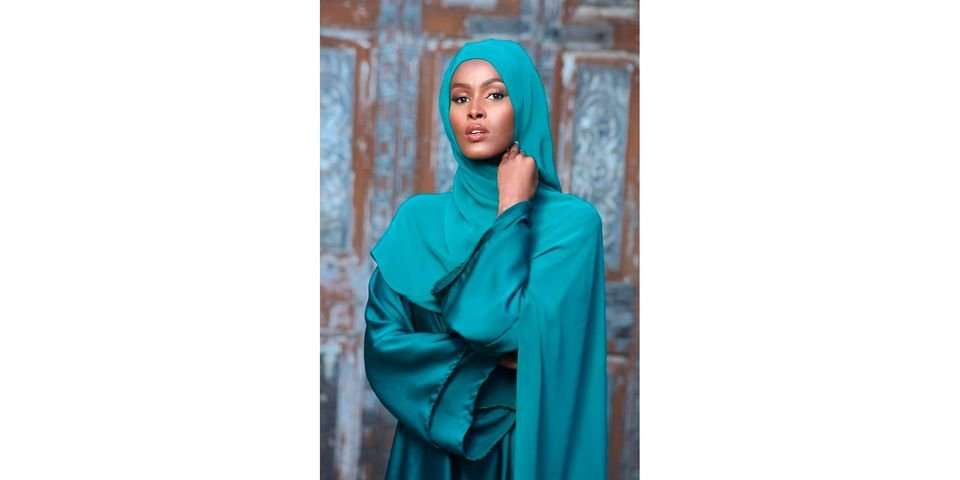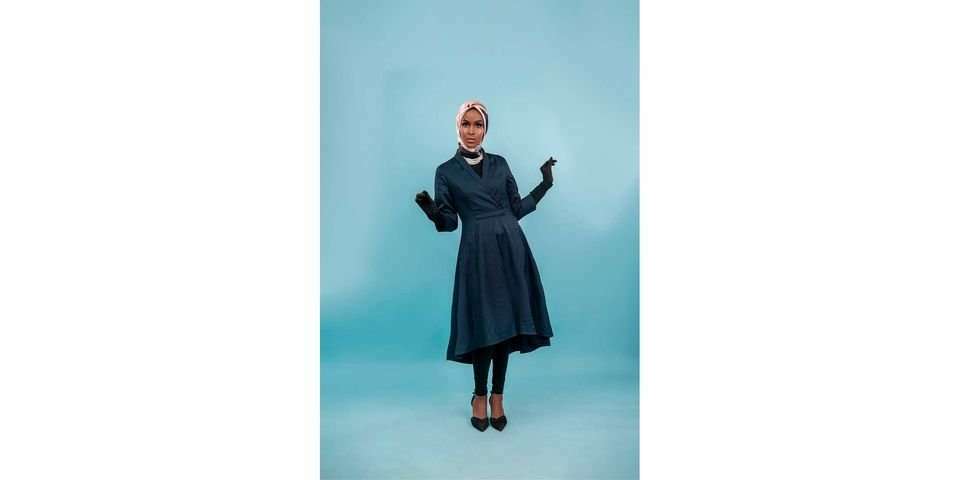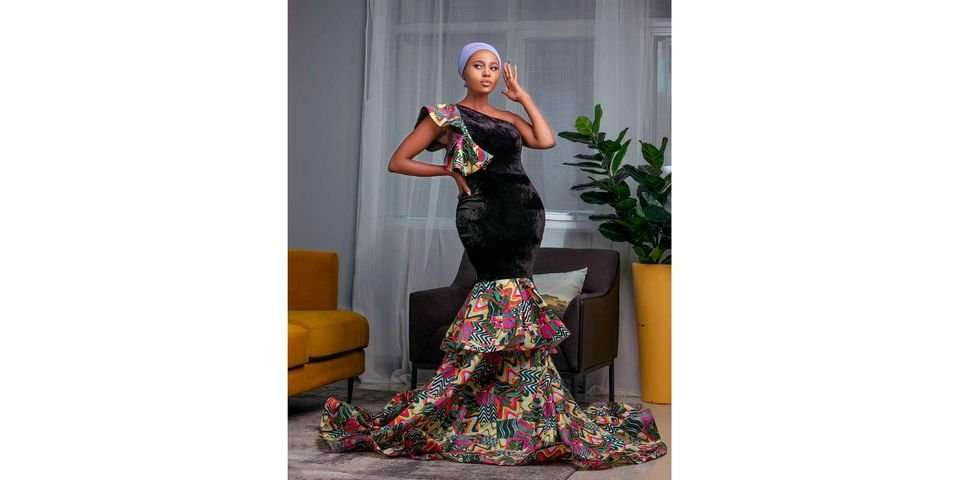Dressed in black leather pants, an oversized multi-coloured jacket and a black scarf on her head, Ilhan Abdi strikes a pose as a photographer takes pictures of her.
At just 21 years old, she is living a life that probably other girls from her community would only dream about, due to conservative nature and strict norms of Islam.
Her modelling career started by chance in 2017, ironically, she said, because of her dark complexion. It was a surprise because she never thought she would ever become a model considering what she had seen in mainstream media.

“I would see girls who are light-skinned occupy most of the billboards and advertisements on TV. That is why I never thought my dark complexion would stand a chance. But someone actually noticed me because of it and wanted me to model for them.”
That was the beginning of her journey, and she is now one of the few rising Kenyan hijab-wearing models.
The trend started with US-based Kenyan-Somali supermodel Halima Aden, who became the first woman to strut the runway in a beauty pageant in Minnesota while wearing a hijab.
The trend, also known as modesty fashion, has taken root around the world, with Muslim girls coming out in numbers to be part of the campaign.
Modelling jobs
“After finishing secondary school in 2017, I decided to take up the profession seriously. I would contact fashion brands to ask for collaborations but I realised I first needed to build my portfolio,” Ilhan Abdi said.
“I posted the photos from the shoot and my account blew out. That is when the modelling jobs started coming.”
But her family were not taken with the idea. She said they feared that photo shoots would compel her to expose her body.
“I had to explain what modesty modelling is all about and they saw that there was no picture where my body was exposed or naked. The main point is that even though I am modelling, I am still covered up.”
But that was not the only war she would fight. As her fan base grew, so did her critics.

“I would get nasty comments from people on social media who told me that I should just give up since I would not make it as a model because of my dark skin. Others would ask me why I am wearing a scarf on my head, that models do not wear scarfs.”
A nasty incident happened last year when she embarked on another campaign called “diversity”. Her goal was to showcase the diversity in skin tone. One of the models she worked with has vitiligo, a skin condition caused by the lack of melanin.
“In one of the photos we took, I had my head resting on her chest. Someone commented, telling me not to touch her skin because I might be infected. This is the kind of ignorance and stigma that I face.”

Modesty fashion, she said, is a way of living, especially for Muslim women. A woman can be covered up and still look fashionable.
Hijab-wearing models are not just challenging the standards of modesty but also fighting for the right of the hijab on fashion runways.
“This is also another way to fight for hijab rights. Muslim women face this challenge every day, being asked to take off the hijab for a job or because of where they live.”
Comedian Nasra Yusuf, in an interview, said that she started her modesty fashion event out of necessity. Because she is considered a celebrity by her fans and Somali community, many young girls would vent their frustrations to her.
They would lament how as Muslim models they would always miss out on modelling jobs because they would be asked to remove the hijab and Islamic attire so as to fit in with the rest of the models.
Modesty fashion has also inspired women from other strict religious groups to defy the odds and try to break out from the norm.
These include models Peris Wanjiku or Pesh and Priscilla Wangari, better known as Carey Priscilla. The two were raised to follow the doctrines of the Akorino religion. But this has not stopped them from living audacious lives.
Credit: Source link